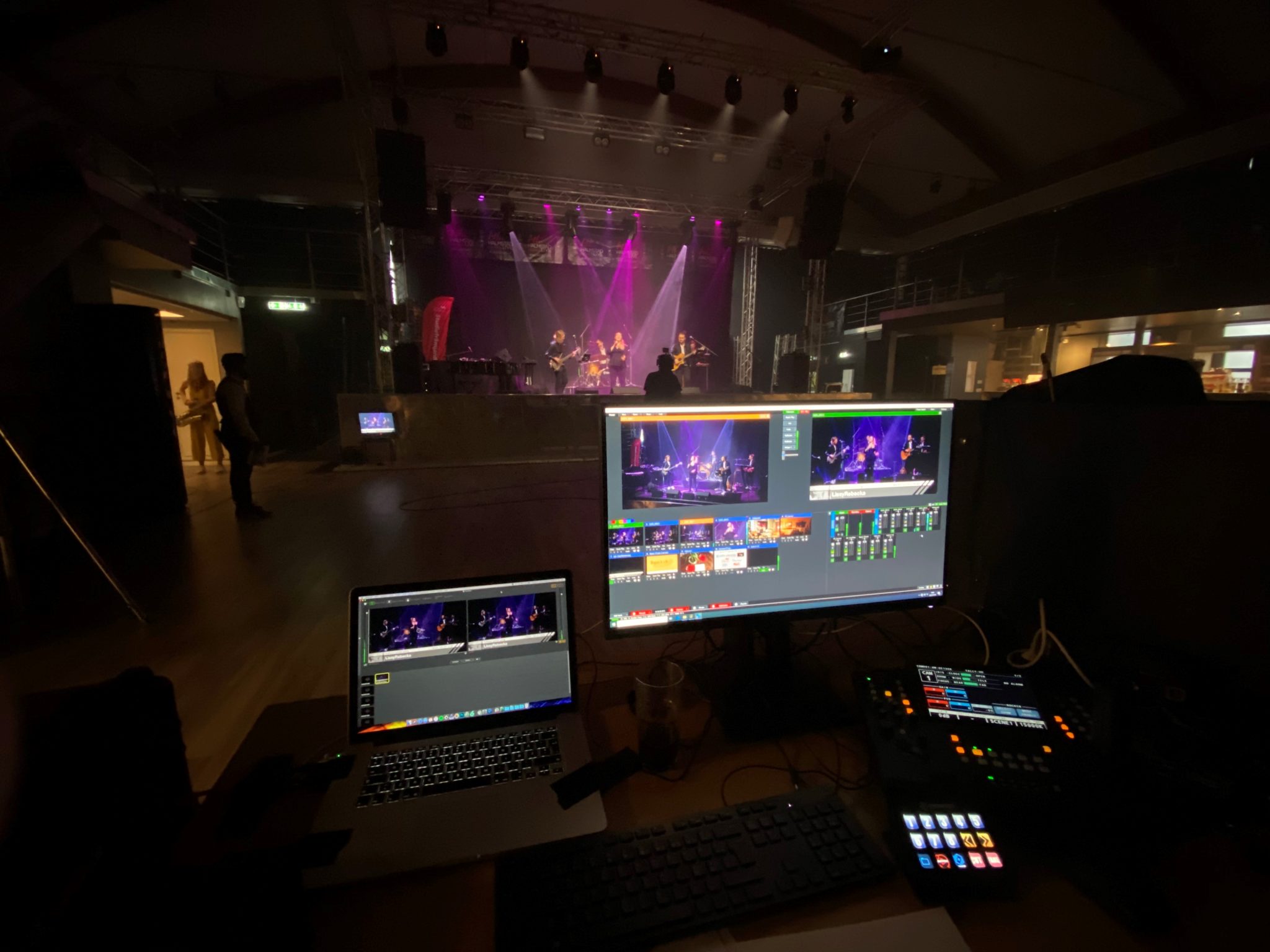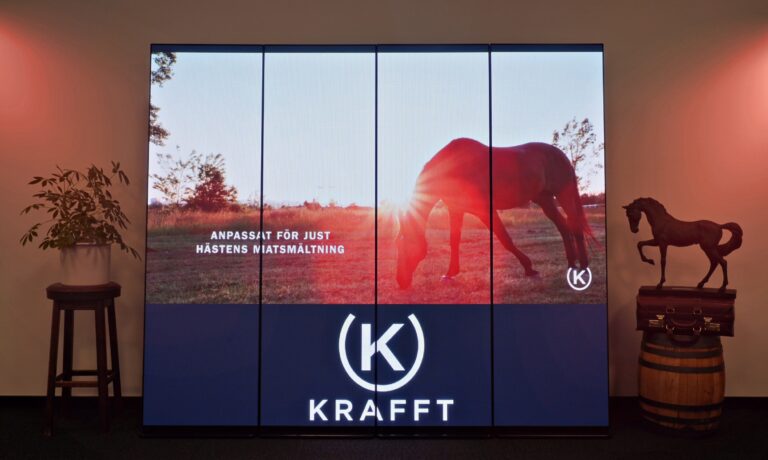Understanding the Basics of Mässteknik
Understanding the Basics of Mässteknik
Blog Article
Promotion is the backbone of any successful company technique, but selecting the most appropriate method may be challenging. With the increase of advanced technology, the debate between exhibition technology (mässteknik) and conventional advertising strategies has obtained momentum. This blog considers the important thing variations, benefits, and disadvantages of each to help you produce the best decision.
What's Digital Signage?
Electronic signage uses digital exhibits, such as for example TVs, LED cells, and interactive touchscreens, to provide commercials, films, and vibrant content. It leverages digital engineering to supply real-time communications to targeted readers in equally interior and outdoor environments.
What are Conventional Promotion Practices?
Traditional advertising encompasses common methods like magazines, publications, billboards, radio, and TV. This process utilizes printed or fixed images to present a message and capture interest in high-traffic places or mass media platforms.

The Case for Electronic Signage
1. Involvement Through Energetic Content
In accordance with recent studies, interest spans have reduced somewhat in the past decade, posing difficult for traditional ads. Digital signage suits that importance of vibrant content, as 63% of customers state they discover video content more engaging than static visuals. That interactivity assures that communications are far more memorable.
2. Real-Time Updates
With electronic signage, you can easily update your messaging at any time. Cutting-edge application allows firms to regulate promotions, offers, or announcements instantly, which is great for fast-paced industries like retail and hospitality. Conventional advertising, but, is static and may take days (or longer) to change, which could stifle marketing agility.
3. Cost-Effectiveness Over Time
Digital signage might have an increased transparent investment, but it may save yourself prices long-term. Unlike conventional print strategies that need recurring substance production and distribution, electronic signage decreases repeating expenses by applying reusable screens.
4. Enhanced Targeting
By integrating advanced analytics, electronic signage may modify content for unique readers centered on location, time, or demographics. For example, interactive exhibits can custom ads to fit the preferences of those nearby.
The Argument for Traditional Advertising
1. Bigger Reach for Particular Demographics
For many years, old-fashioned promotion has efficiently reached older demographics that are less inclined to interact with electronic platforms. TV advertisements and radio advertisements however maintain significant sway among these groups.
2. Tangibility and Credibility
Printed resources, such as for example newspapers or flyers, provide a responsive knowledge that some people find more trustworthy. Studies show that old-fashioned platforms like printing however produce customers sense more attached to brands than fleeting electronic ads.

3. Zero Dependency on Technology
Unlike electronic signage, old-fashioned marketing does not count on energy or web connectivity. That freedom makes it a trustworthy choice using situations or below complicated circumstances.
Which can be Greater?
The option between electronic signage and conventional marketing greatly depends on your business goals, market, and budget. Electronic technology provides mobility, engagement, and customization, rendering it suitable for modern and fast-paced industries. On one other hand, old-fashioned promotion offers lasting influence and remains efficient for certain demographics.
By evaluating the pros and negatives of equally techniques, firms can art a designed promotion technique that most useful suits their unique needs. Report this page